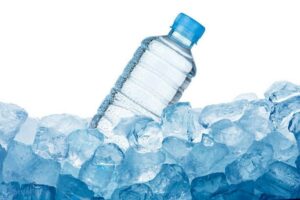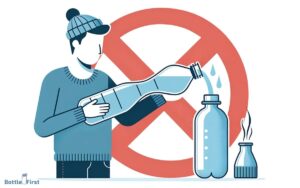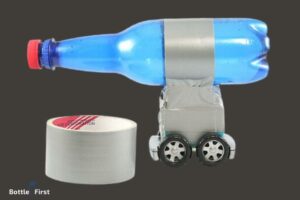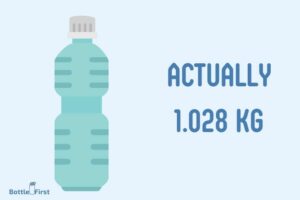Why Does My Water Bottle Get Slimy? Explore!
Water bottles can become slimy due to the growth of bacteria and biofilm resulting from infrequent cleaning, leftover organic material, and warm, moist environments.
To prevent this, regular cleaning with hot soapy water or a vinegar solution is recommended, along with thorough drying before storage.
The sliminess in water bottles is typically caused by bacteria and biofilm that accumulate over time. Biofilm is a collection of microorganisms that adhere to the surface and create a protective matrix.
Factors contributing to this growth include:
For example, if you drink a smoothie from a water bottle and don’t clean it properly afterward, the leftover sugars and proteins can feed bacteria, leading to a slimy coating.
Ensuring your water bottle stays clean and slime-free is simple with regular maintenance. A quick daily rinse and a weekly deep clean can keep harmful bacteria at bay and your bottle in top condition.
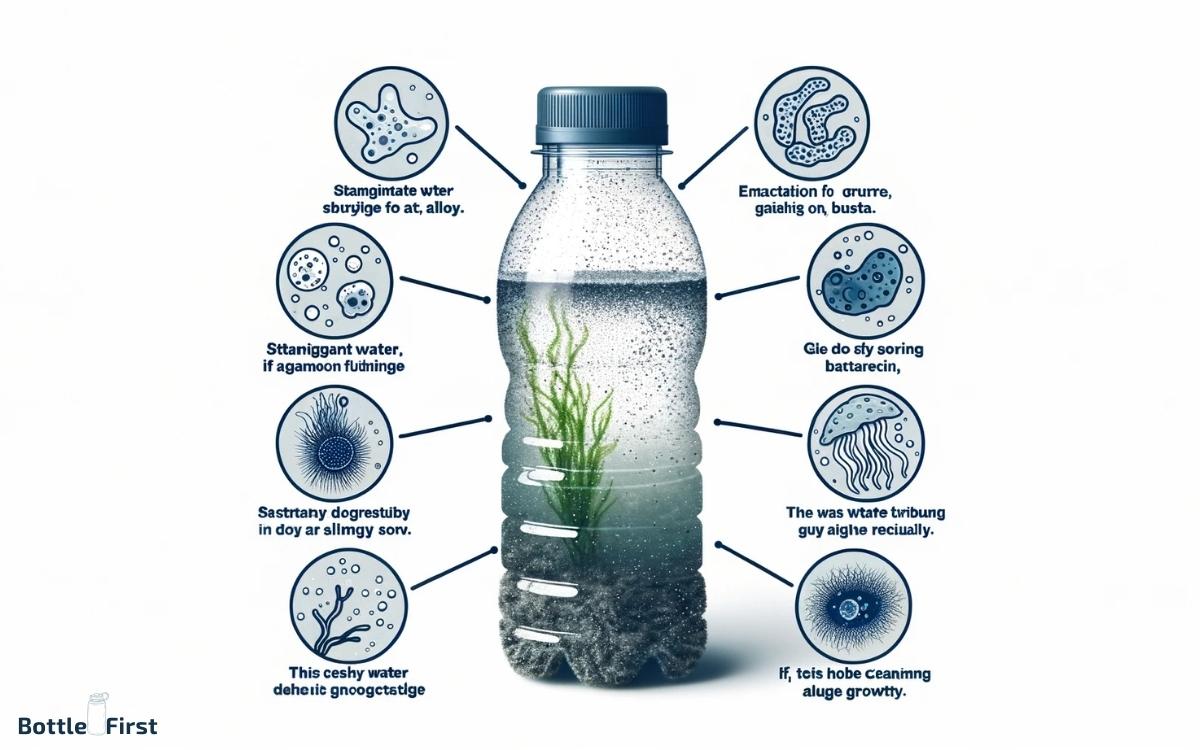
Key Takeaway
Bacterial Growth
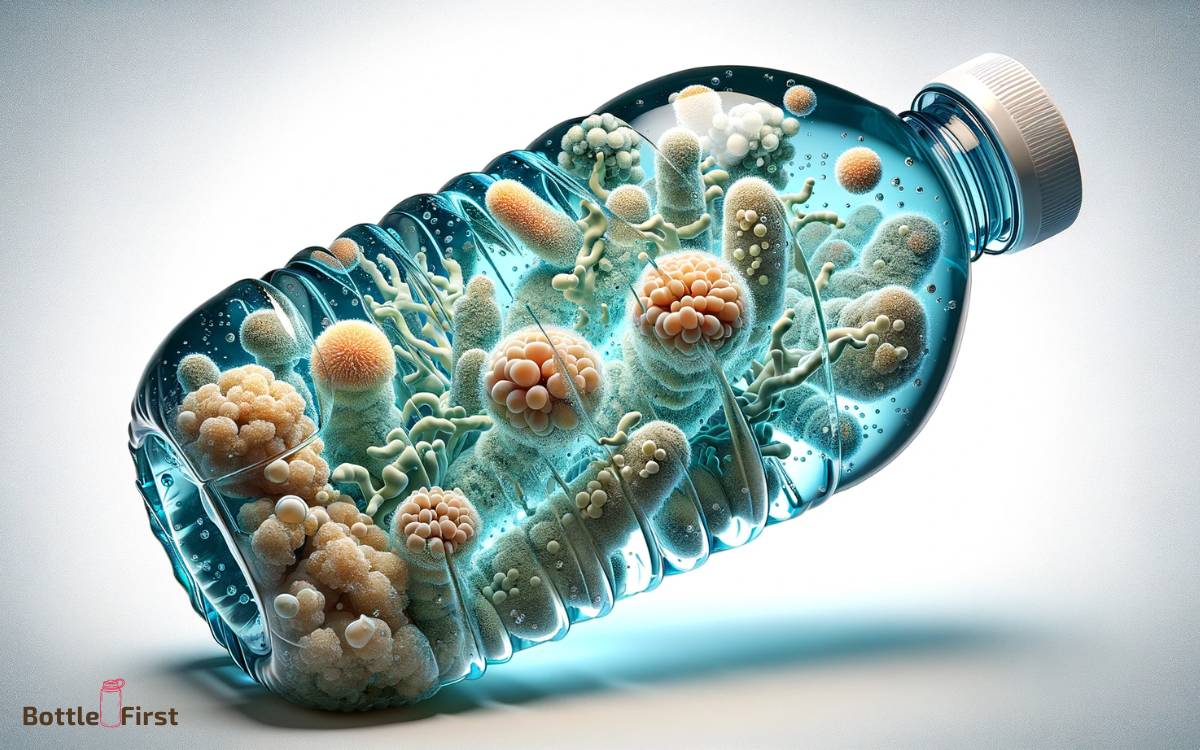
Bacterial colonization within water bottles can lead to the development of slimy biofilm. This biofilm is a complex community of microorganisms, including bacteria, algae, and fungi, that adhere to the inner surfaces of the bottle.
The moist environment inside the bottle provides an ideal setting for bacterial growth and biofilm formation. Bacteria such as Pseudomonas, Escherichia coli, and Staphylococcus are commonly found in biofilms within water bottles.
These bacteria can thrive on the remnants of sugary or proteinaceous substances left in the bottle, creating a slimy texture. As the biofilm matures, it can become harder to remove and may even release unpleasant odors into the water.
Understanding bacterial growth within water bottles is crucial for developing innovative solutions to prevent biofilm formation and ensure the safety of drinking water.
This bacterial colonization also contributes to residue accumulation within the water bottle, which we will explore in the subsequent section.
Residue Accumulation
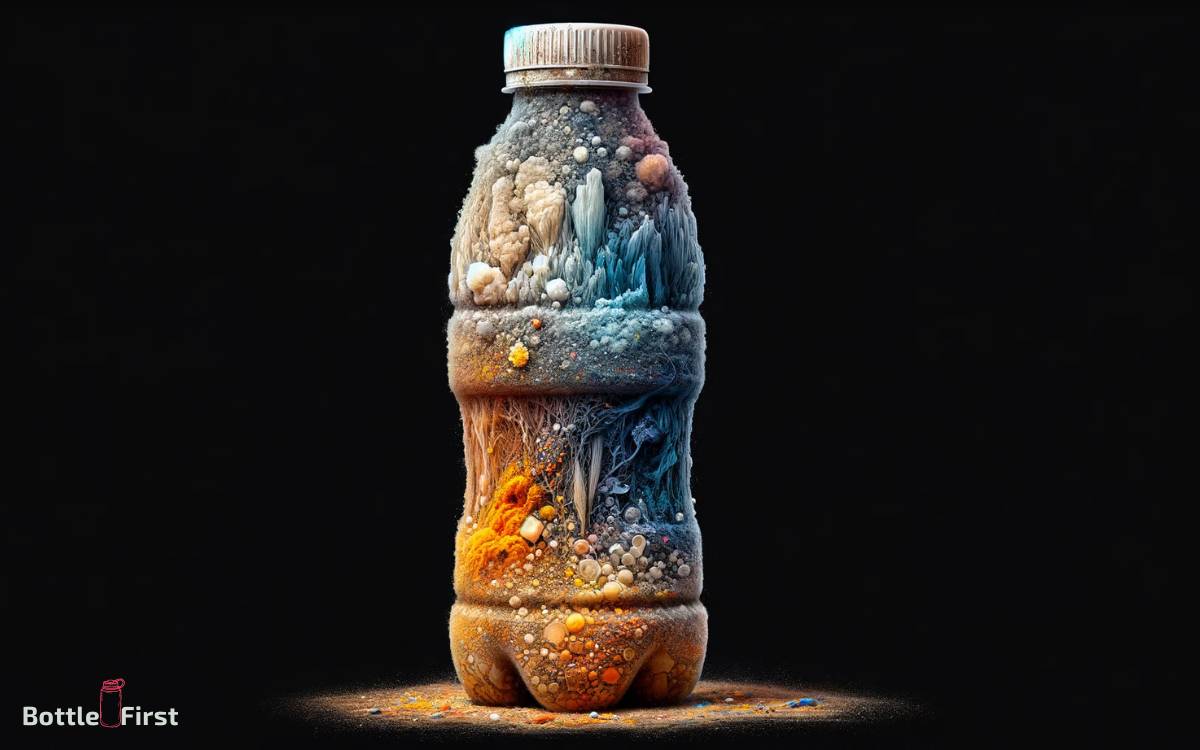
As we continue our exploration of water bottle maintenance, it’s crucial to address the issue of residue accumulation.
Understanding how to prevent residue buildup and employing effective cleaning methods are essential for maintaining the cleanliness and usability of your water bottle.
Let’s now examine these two key points to ensure that your water bottle remains free from slimy residue.
Preventing Residue Buildup
To effectively prevent residue buildup in your water bottle, regularly clean and thoroughly rinse it after each use.
Additionally, consider using a bottle brush to scrub the interior and a mild soap or a mixture of vinegar and water to remove any lingering residue.
Another innovative approach is to invest in a water bottle with a wide mouth, making it easier to clean and less prone to residue buildup.
Furthermore, choosing a water bottle made of materials such as glass or stainless steel can help prevent the growth of slimy residue compared to plastic bottles.
By incorporating these preventive measures into your routine, you can ensure that your water bottle remains clean and free from any unpleasant residue buildup.
| Preventive Measure | Description | Benefits |
|---|---|---|
| Regular Cleaning | Clean and thoroughly rinse after each use | Prevents residue accumulation |
| Bottle Brush | Use to scrub the interior | Removes lingering residue |
| Wide Mouth Bottle | Easier to clean and less prone to buildup | Prevents residue accumulation |
| Glass or Stainless Steel | Less prone to slimy residue compared to plastic | Prevents residue accumulation |
Cleaning Methods for Residue
Effective cleaning methods for removing residue buildup from your water bottle are essential for maintaining its hygiene and preventing the growth of slimy residue.
Traditional methods like using dish soap and a bottle brush are effective but may not completely eliminate stubborn residue.
Innovations in cleaning technology have led to the development of ultrasonic cleaning devices specifically designed for water bottles.
These devices use high-frequency sound waves to create microscopic bubbles that implode on the water bottle’s surface, effectively removing even the toughest residue.
Another innovative approach is the use of cleaning tablets or effervescent cleaning powders that are specifically formulated to break down and remove residue accumulation.
Additionally, utilizing natural cleaning agents such as vinegar or baking soda can provide an eco-friendly and effective solution for removing residue from your water bottle.
Inadequate Cleaning
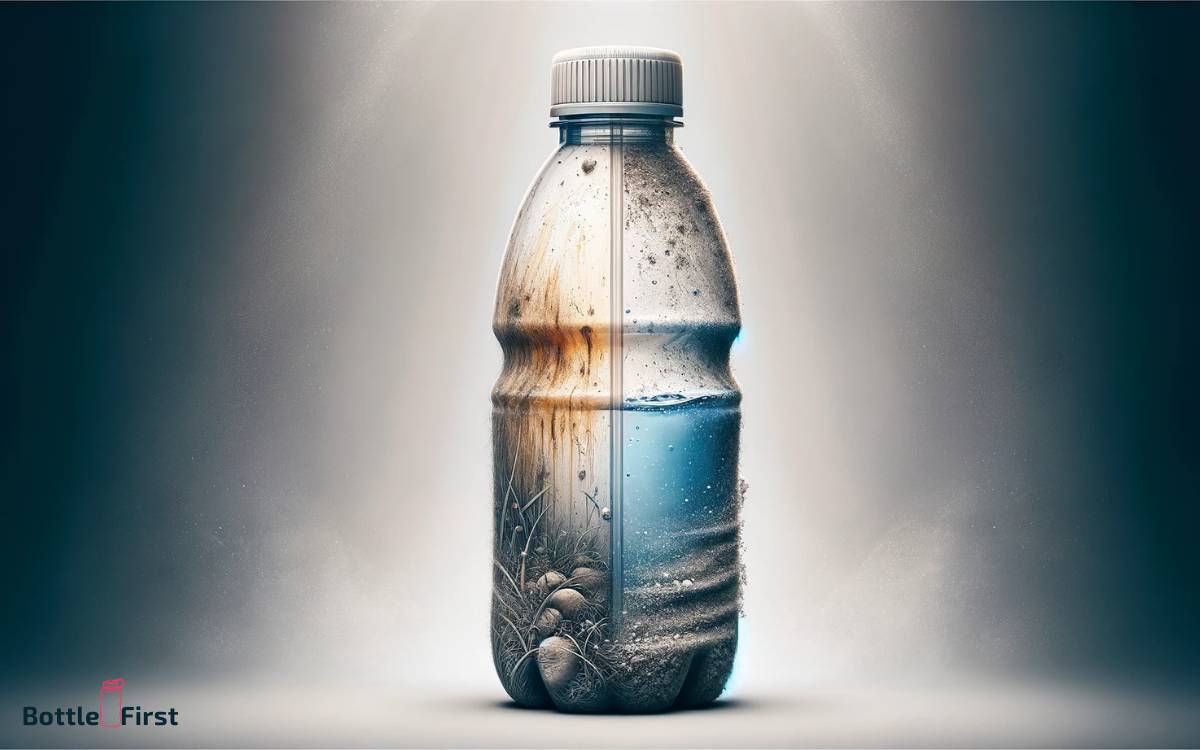
Inadequate cleaning of water bottles can lead to the thriving of bacteria and other microbial growth. When residue is left in the bottle, it provides a breeding ground for these microorganisms.
Neglecting regular washing and proper cleaning routines can contribute to the slimy buildup inside water bottles.
Bacteria Thrives in Moisture
Bacteria thrive in moisture, making inadequate cleaning a breeding ground for microbial growth in your water bottle. The combination of leftover water and warmth creates an ideal environment for bacteria to multiply.
When water bottles are not thoroughly cleaned, biofilms form, providing a haven for microorganisms to flourish.
These biofilms are composed of layers of bacteria encased in a protective matrix, making them resilient and difficult to remove.
The presence of bacteria not only leads to the slimy texture inside the bottle but also poses potential health risks. Without proper cleaning, bacteria can contaminate the water you consume, leading to various health issues.
Therefore, it is imperative to adopt effective cleaning methods to eradicate these bacteria and ensure the safety of your water bottle.
Residue Attracts Microbial Growth
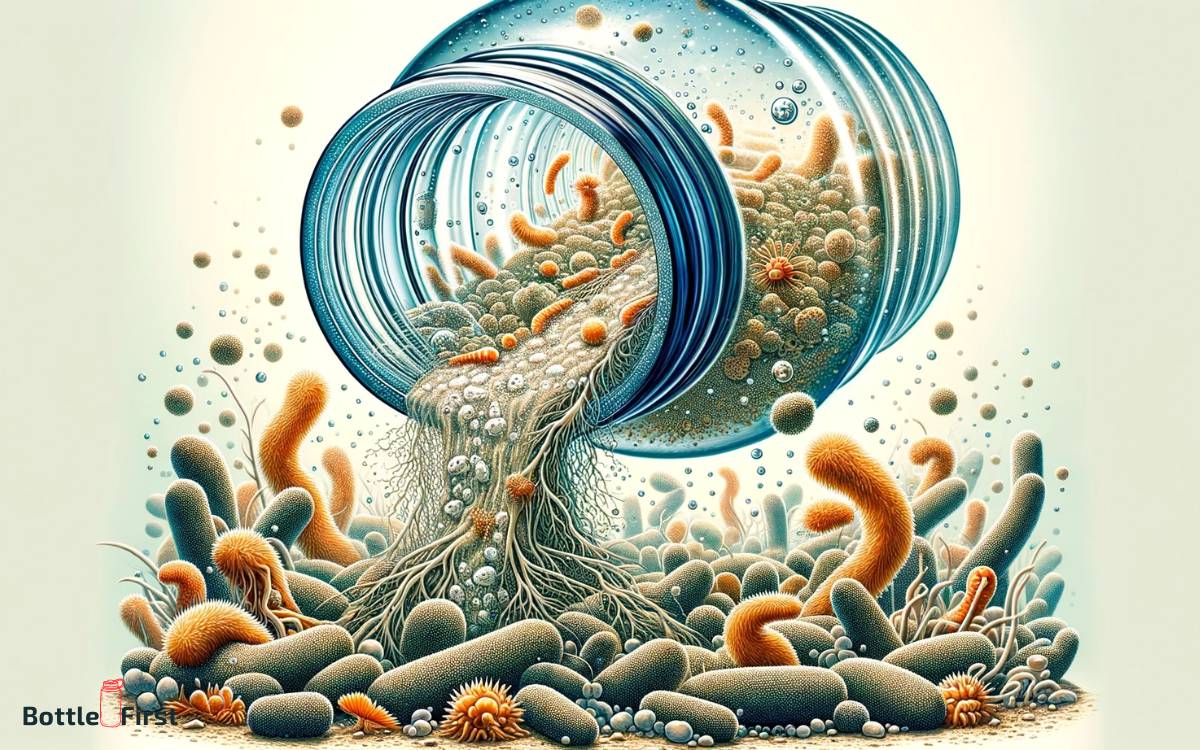
The accumulation of residue in water bottles can attract microbial growth, posing potential health risks due to contamination. When water bottles are not thoroughly cleaned, organic matter and minerals from the water can leave behind a residue.
This residue provides an ideal environment for bacteria and other microorganisms to thrive. Inadequate cleaning of water bottles can lead to the formation of biofilm, a slimy layer that harbors various harmful microbes.
To emphasize the impact of residue on microbial growth, consider the following table:
| Issue | Consequences |
|---|---|
| Residue buildup | Provides a breeding ground for bacteria and fungi |
| Inadequate cleaning | Increases the risk of microbial contamination |
| Biofilm formation | Harbors harmful microbes, impacting health and safety |
Effective cleaning and regular maintenance of water bottles are essential to prevent the accumulation of residue and inhibit microbial growth.
Neglecting Regular Washing
Regular washing of water bottles is crucial in preventing the accumulation of residue and inhibiting microbial growth.
Neglecting regular washing can lead to several issues, including:
Residue Build-up:
Infrequent cleaning allows organic matter and minerals to build up, creating an ideal environment for microbial growth. This can result in the formation of a slimy layer on the bottle’s interior, which is unappealing and potentially harmful.
Microbial Contamination:
Inadequate cleaning provides a breeding ground for bacteria and fungi, posing health risks to the user. Harmful microbes can flourish in the moist and nutrient-rich environment, leading to foul odors and potential illness.
Environment Factors
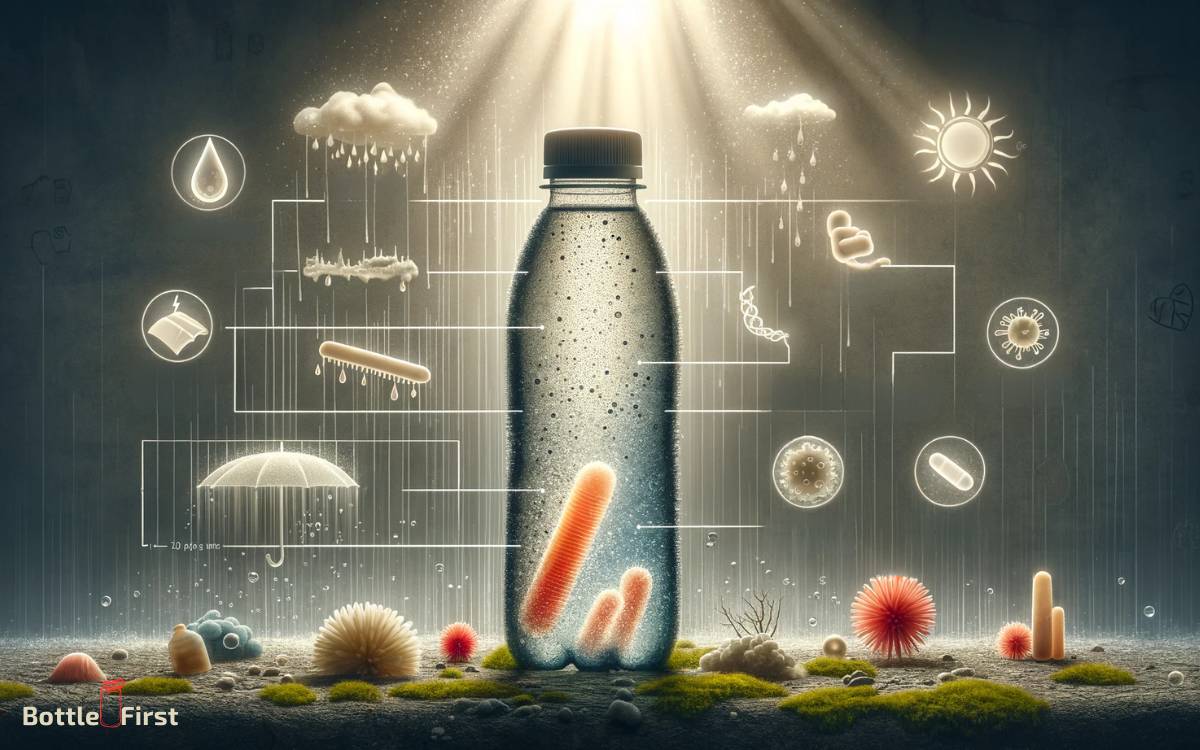
In certain environments, such as warm and damp conditions, water bottles are more prone to developing slimy residues.
High temperatures create an ideal breeding ground for bacteria and mold, leading to the formation of the slimy film inside the water bottle.
Additionally, humidity exacerbates this issue by providing the necessary moisture for microbial growth. Factors such as leaving the water bottle in a hot car or a humid environment can accelerate the development of slimy residues.
To combat this, innovative solutions incorporating antimicrobial materials or self-cleaning mechanisms are being developed.
These advancements aim to mitigate the impact of environmental factors on water bottle hygiene, ensuring that users can maintain a clean and safe drinking experience regardless of the surrounding conditions.
Material Composition
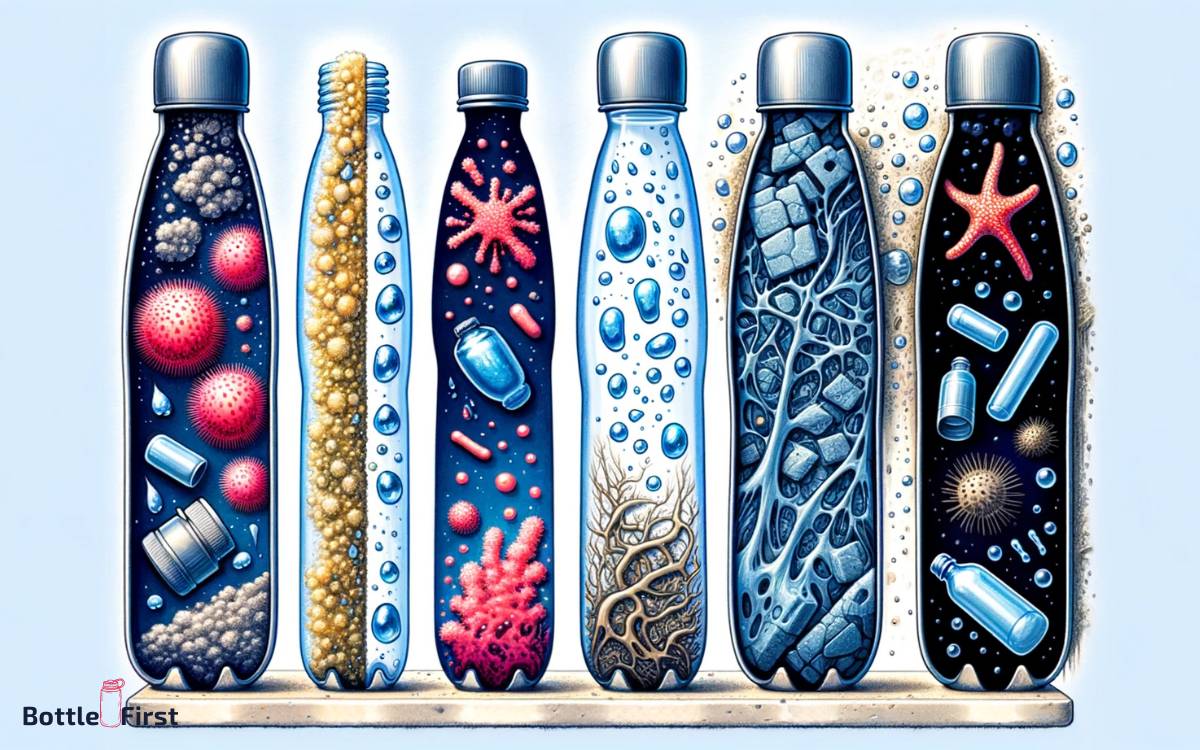
Certain water bottles made with antimicrobial materials are less likely to develop slimy residues compared to those constructed from traditional materials.
The material composition of water bottles plays a significant role in determining the growth of slimy residues.
Here’s how different material compositions can impact the sliminess of water bottles:
Traditional Materials:
- Polyethylene Terephthalate (PET) and Tritan are commonly used materials for water bottles.
- These materials provide a suitable environment for microbial growth, leading to the formation of slimy residues if not cleaned regularly.
Antimicrobial Materials:
- Some innovative water bottles are now constructed with antimicrobial materials embedded in the bottle’s structure.
- These materials actively inhibit the growth of microbes, reducing the likelihood of slimy residues and promoting a cleaner drinking experience.
Usage Habits
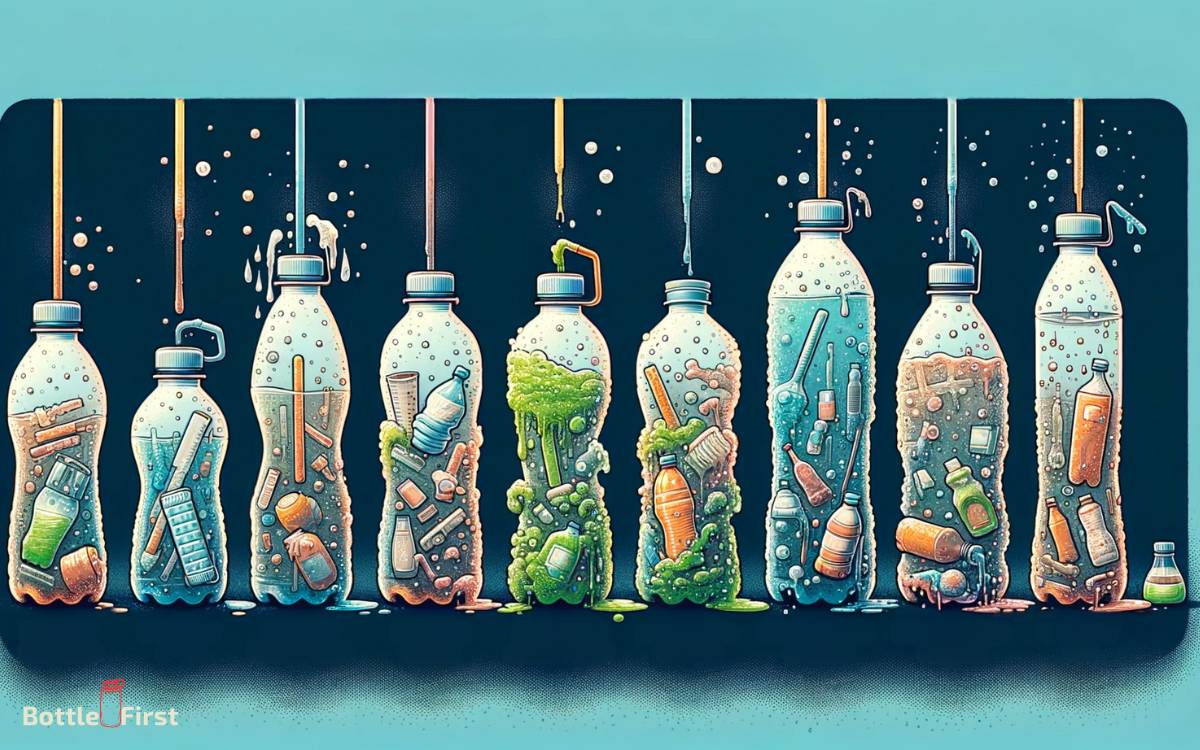
Water bottle usage habits significantly influence the potential for microbial growth and the development of slimy residues within the bottle.
Failure to clean and dry the bottle thoroughly after each use creates an environment conducive to microbial proliferation.
Additionally, the frequency with which the bottle is used without proper cleaning plays a role in the buildup of slimy residues.
To address these challenges, innovative solutions such as self-cleaning water bottles with antibacterial properties and automated reminders for regular cleaning have emerged.
Some advanced water bottles also incorporate materials and designs that resist microbial adhesion and make cleaning easier.
Impact on Health
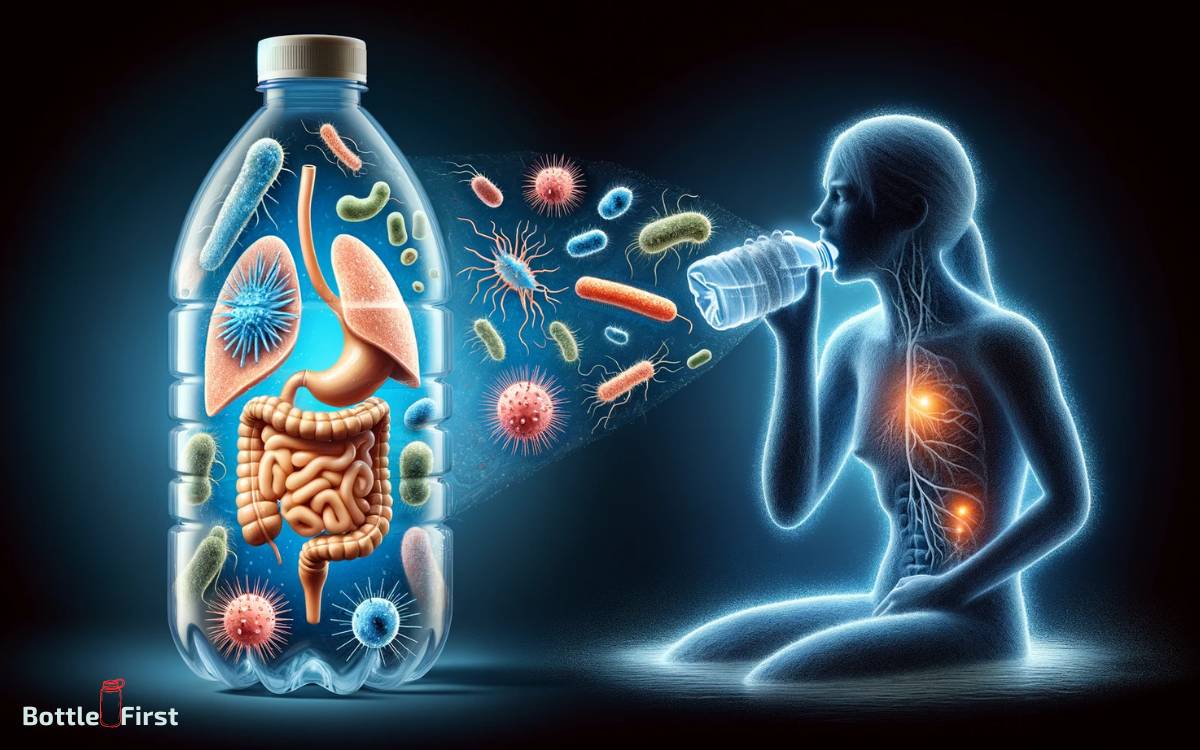
Regularly neglecting to clean and dry water bottles after use can have a significant impact on health due to the potential growth of harmful microbes and the formation of slimy residues.
This can lead to several health implications, including:
- Increased Risk of Infections The accumulation of bacteria and mold in water bottles can lead to the ingestion of harmful pathogens, potentially causing infections and gastrointestinal issues.
- Compromised Immune Response Constant exposure to unclean water bottles may weaken the immune system over time, making individuals more susceptible to illnesses.
It is crucial to emphasize the importance of maintaining clean and dry water bottles to mitigate health risks and promote overall well-being.
Innovative solutions, such as self-cleaning water bottles or advanced antimicrobial materials, can address these concerns and elevate the standard of water bottle hygiene.
Conclusion
The slimy buildup in water bottles is often a result of bacterial growth, residue accumulation, inadequate cleaning, environmental factors, material composition, and usage habits.
This can have negative impacts on health and should be addressed promptly.
Like a river flowing through a canyon, the accumulation of slime can disrupt the natural flow and purity of the water, requiring regular maintenance to maintain cleanliness and prevent potential health risks.

